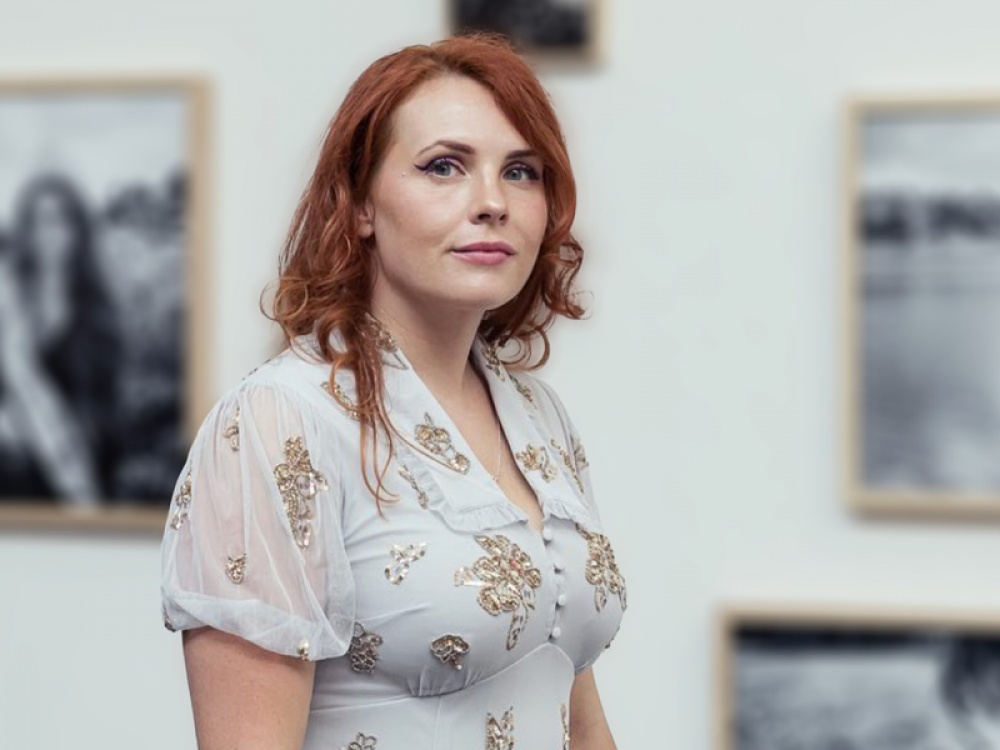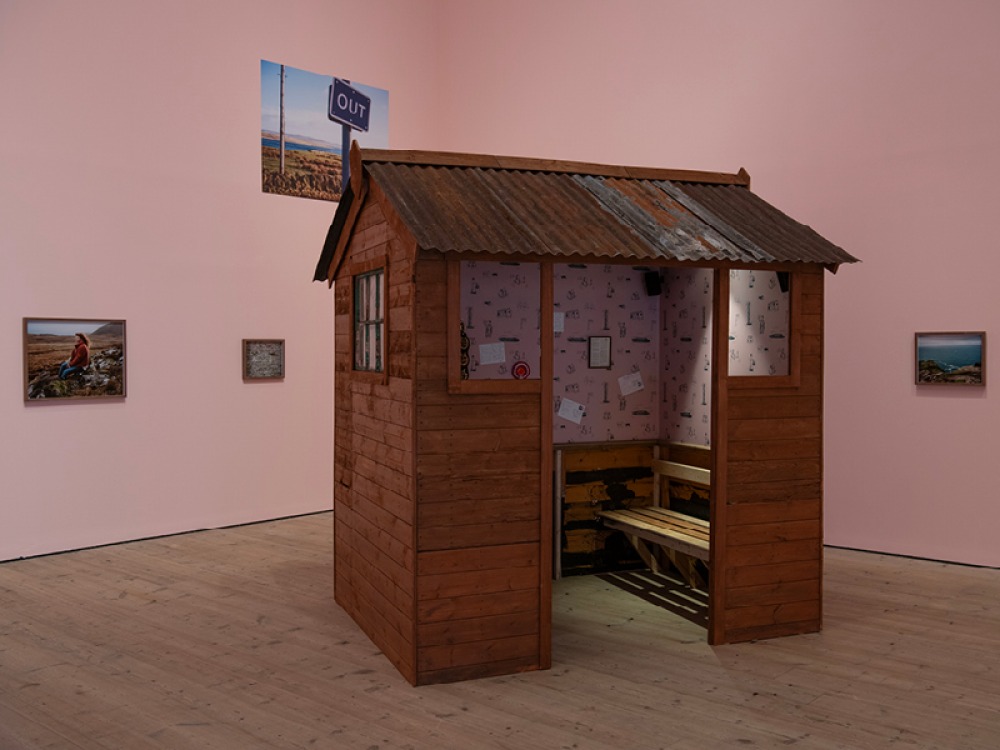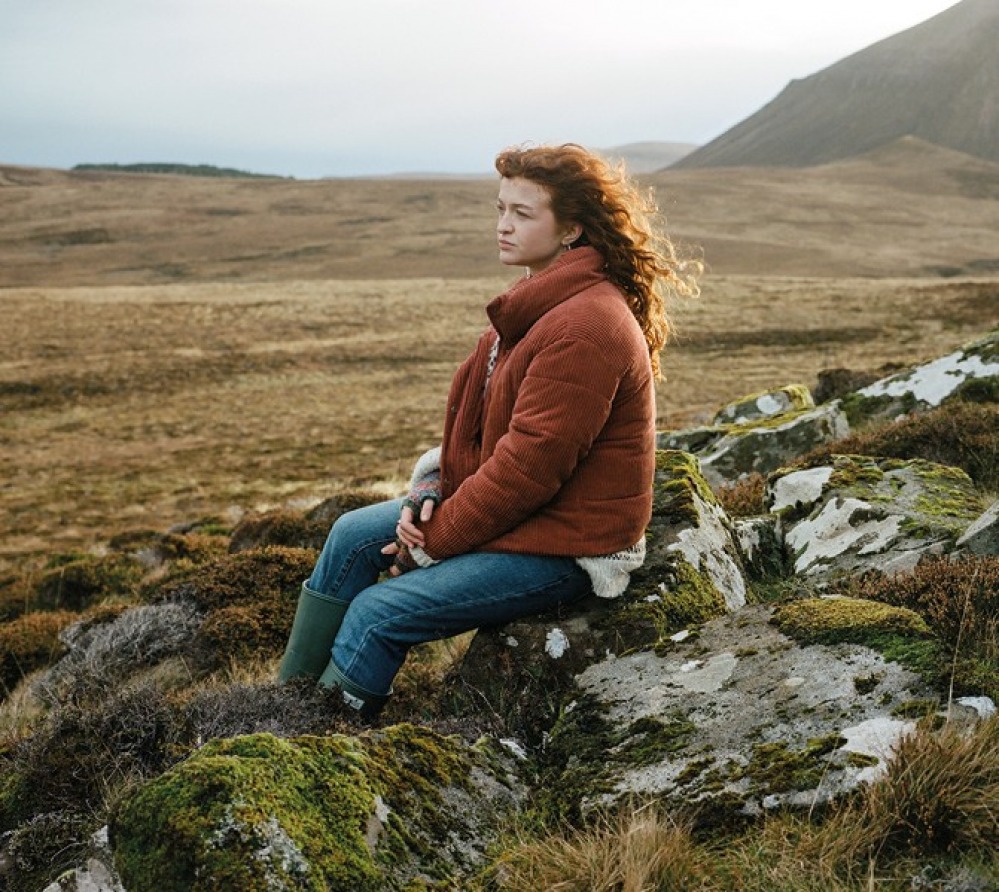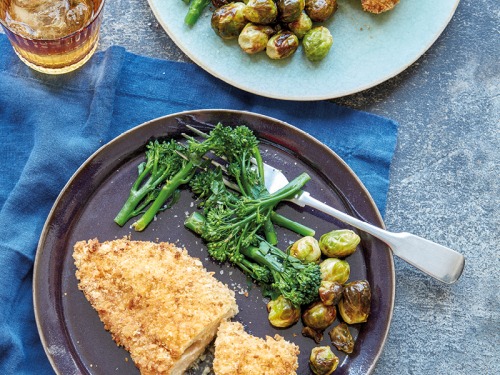Meet The Northern Artist Giving a Voice to Rural Working Class Women

Artist Jo Coates has spent years telling the stories of rural working class women in the North through her photography
Living North last caught up with Jo during the lead up to her show Daughters of The Soil in 2022, which celebrated women in agriculture across Northumberland and the Scottish Borders. Since then, Jo has hit her stride, producing another show, The Lie of The Land (examining our impact on the countryside), and being selected as the official Election Artist in 2024 by the Speaker’s Advisory Committee, tasked with documenting the General Election. ‘I think Daughters of The Soil was a real turning point for me. It was the first commission that I had where I had the support to really get into the work the way I wanted.’
Her newest body of work Middle of Somewhere (at Baltic Centre for Contemporary Art in Gateshead) continues to build on her interest in the relationship between working class women and rural life. ‘When people ask where you’re from, you tend to go to the nearest big place. I might try Richmond, or Darlington, and then you go Middlesbrough, but actually you’re nowhere near those places and you end up saying the middle of nowhere,’ Jo explains. ‘But what does it mean when people refer to the places that they’re from as the middle of nowhere? I think the implication for people who live in those places is that where you’re from doesn’t matter. That then seeps into how you think about that place and how you think about yourself. It takes away that ability to be confident and say where you’re from, and for you to be excited about where you’re from.’

Middle of Somewhere turns that on its head, celebrating women from areas that are often ignored. Supported by The Vasseur Baltic’s Artist Award which gives a platform to exceptional emerging talent, Jo chose to focus specifically on the issue of housing. ‘That’s an issue that’s not being looked at, and I wanted to look at the people who were affected most. I wanted to look at the changing way of life in the countryside and what that means for people. So I worked with women who were all under 35 and explored the different issues they were facing.’
Determined to be considerate to her subjects, Jo’s process is slow and deliberate. ‘To help me shape what I was going to make I started from chats in community group sessions,’ says Jo. ‘I ended up finding the four women I wanted to work with and that was Roz, Aisling, Keira and Anita.’ These women (who are originally from Wensleydale, the island of Hoy in Orkney, and Middleham), spent months sharing their lives, fears and thoughts with Jo. ‘Picking the four women was very organic and was about who genuinely connected. As an example, I met Aisling because she was the carbon neutral officer for her island of Hoy and I just wanted to chat. I didn’t know how old she was and didn’t know much about her background, but when we started talking it just organically happened.’
As the conversations developed, Jo was surprised by the topics her subjects brought up. ‘I worked with them to look at issues they were facing and what came up for everyone was the issue of climate. What they were saying was that they can’t only not afford a house, but they’re worried about what life is going to be like and the type of house they’re going to be able to afford – is it going to be somewhere that floods, is it going to be somewhere in danger,’ she explains. ‘I think everyone is thinking about climate more. Roz was 20 when I started talking to her and I was surprised by how much it was impacting her decisions in life, from where she was going to stay to what she was going to do. I think she is an incredibly intelligent young woman, but at 20 I wasn’t thinking that far into the future, and seeing that generational change is quite interesting.’

Although Middle of Somewhere leaned naturally towards heavier topics, Jo wanted the show to have a sense of hope. ‘Anita was 35 when I did this and she was saying that she feels like she’s that forgotten generation that was meant to do things but hasn’t been able to – she’s seen life go by and she’s had to leave the area [of Middleham],’ Jo says. ‘It really struck me and although it was really strong, I decided to not put that in because I still want people to be able to do something with their sadness, and feel a sense of hope.’
The show itself is a culmination of her conversations, including photography, voice recordings and postcards. ‘I like to create these worlds that visitors can go into. They’re going around and experiencing this story, but they’re in this immersive world and it’s almost like they’re not in the gallery any more. I hope it can transport them somewhere else,’ Jo explains. ‘The behind-the-scenes almost takes longer than the photographing and spending time with people. I built little cardboard models of the show, and put different shades of pink on the wall. What does it mean to have this colour and how does that effect someone’s experience when they come in? I know people can make sketches but I have to build a tiny exhibit and that’s how I know if it’s going to work or not!’
A common thread throughout Jo’s work has been presenting working class people with dignity and agency, something Jo feels has been overlooked in previous decades. ‘When I was studying, there were photographers whose work I really liked but I always thought their versions of the working class was as powerless subjects. Coming from a working class background, that’s not how I see the women that I grew up with, but I wasn’t seeing that reflected in images,’ she explains. ‘It is really important to me and I think it’s why I talk to people so much before making my work. I have an ethics statement that I go through, and I also talk to them about what it means that their images are in this space and talk to them about having their images on social media. I can’t really control them beyond the gallery so someone could take a picture from the gallery and they can write whatever they want – I can’t control that. I think it’s really important that they know that as well.’
Ever the optimist, Jo does believe things are slowly changing for the better. ‘I think it’s changing. I do think about if someone like me would be able to have a solo show 10 or 20 years ago, and I think maybe not. So I do hope that things are changing and people [who are from those places] are being able to tell their stories.’
Although originally from her own Northern slice of somewhere, between Richmond and Guisborough, Jo spent time working in London and is all too aware of the stereotypical view of the North, something she’s keen to dispel. ‘I think that there’s a fundamental misunderstanding of the North and I can’t pinpoint where it comes from. To me the North is incredibly rich in terms of culture, in terms of sport, and in terms of landscape. If you look at somewhere like Northumberland you have the sea, the hills, and it’s an incredibly beautiful place. If you go to Newcastle, it’s such an innovative place with exciting universities,’ she says. ‘There’s still this stereotype of there being nothing up North. I’ve been doing this Election Artist role and people were really shocked that I wasn’t based in London. There’s this assumption that there’s nothing here or that there are no opportunities. I just don’t think it’s true.’
You can see Middle of Somewhere at Baltic Centre For Contemporary Art until 17th November, and Jo will introduce a rural film screening there on 14th November.










